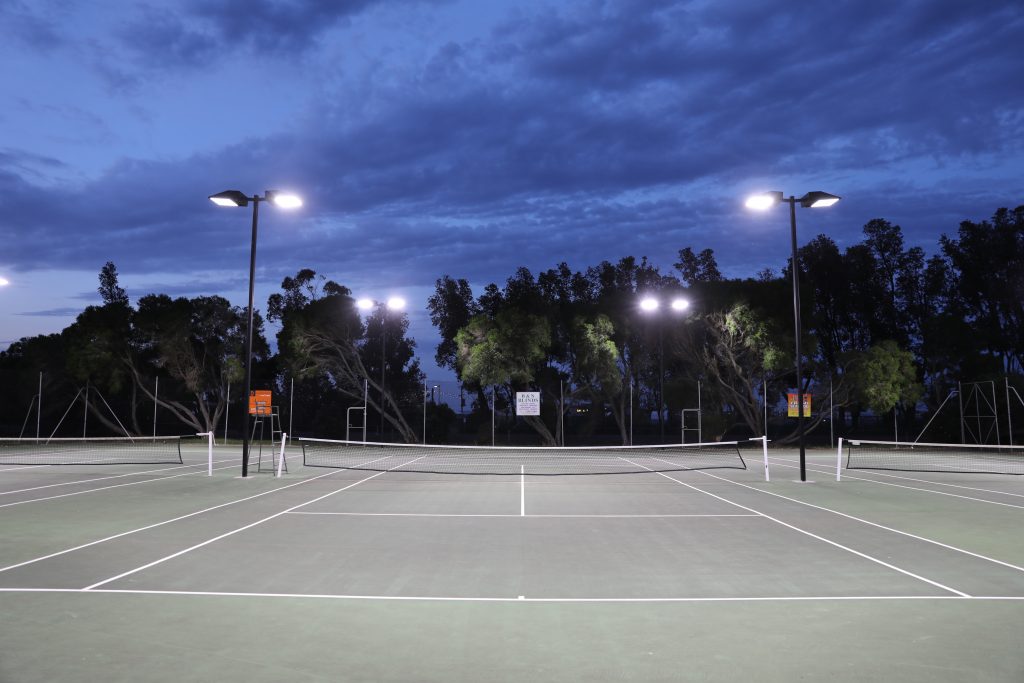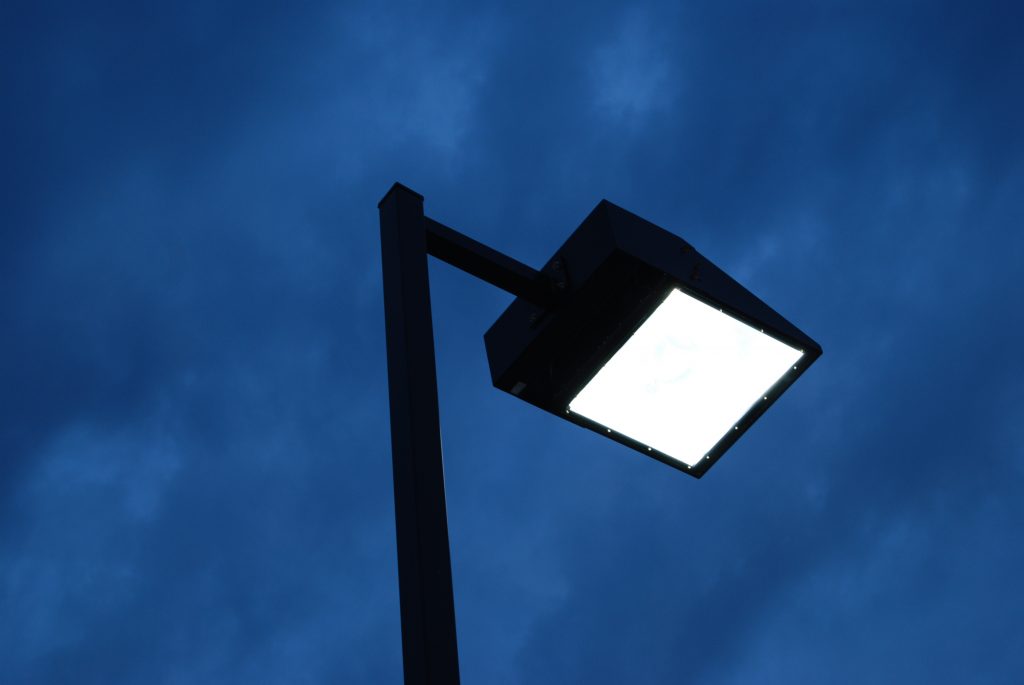
If the lighting poles at your sports club are over 15 years old, show noticeable rust or damage and appear unstable, then it’s a good idea to get those poles audited. Poles that go unchecked for years are at risk of falling during extreme weather events, damaging light fittings, court surfaces and god forbid, can cause serious bodily harm.
Why councils and clubs should audit their lighting poles
Many councils, clubs and residents with tennis courts turn a blind eye to pole condition without understanding how rust, weather factors and outdated galvanising can impact pole integrity.
Over the last year, a combination of extreme weather events and long-term neglect of lighting columns have caused pole collapse, damaging light fittings and court surfaces. This undoubtedly poses a major safety concern for all in and around the court.
The health and safety of your club or your court’s lighting poles should be a major priority to prevent pole collapse and ensure safety when training and competing.
SHS Lighting Columns

The team of qualified electricians and contractors at D&A Lighting Systems are experts in all facets of club lighting installations and are very familiar with SHS lighting poles or columns commonly installed at tennis clubs.
Many of these lighting poles are made of ‘DuraGal’ steel, which have an average lifespan of 15-20 years in moderate atmospheric conditions when not painted or provided with further protection.
Pole corrosion is not uncommon and factors like age, atmospheric conditions, the type of painting or coating on the poles all affect the rate of corrosion.
UTG Spot Testing
We use Ultrasonic Thickness Gauge (UTG) Spot Testing to gauge the quality of lighting poles carrying luminaires. The test induces a frequency into the test material and records the response time in millimetres.
This test is done on the steel around the base of each pole. This determines which poles have deteriorated due to oxidation (rusting) of the pole material. This test is especially important as it identifies poles that could potentially be in danger of collapse.
Ultrasonic spot thickness testing is one of the most accurate ways of assessing the ‘thickness’ of lighting columns. The ‘thickness’ can show the extent of corrosion within a pole.
Various factors can interfere with the induced frequency – including water ingress and flaking rust plates close to the solid material being tested, thus providing higher than the nominal readings.
UTG test results are therefore considered indicative and are usually combined with a visual examination conducted by a specialist in our team.
Pole audit report
When you engage a pole auditing report from D&A Lighting Systems – here is what you can expect:
- A visual examination of the pole’s condition with notes and photographs
- UTG test results with a colour coded summary of pole condition
- Further analysis of pole corrosion/damage for select poles
- Further recommendations for poles with notable defects
What happens after a pole audit?

Following a pole audit, the following solutions may be recommended:
- Cleaning of pole surfaces
- Additional pole protection in the form of painting or galvanising
- Steel protective conduit cover installation for poles with damage in this area
- Pole replacement for poles displaying excessive corrosion or damage
Contact us now to get your poles audited and keep your courts safe!
